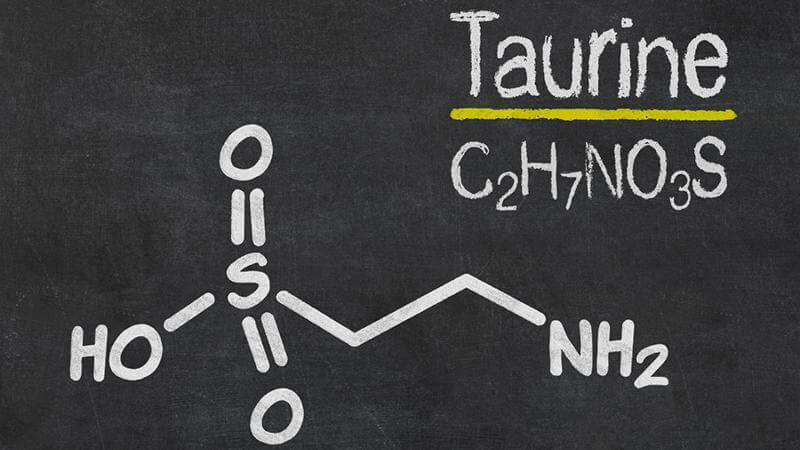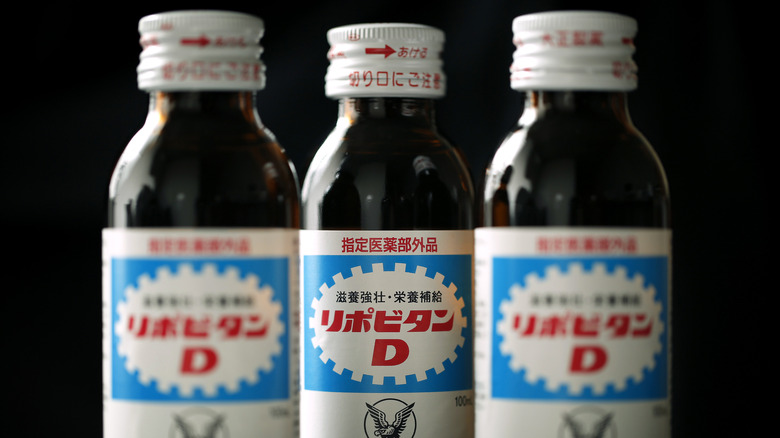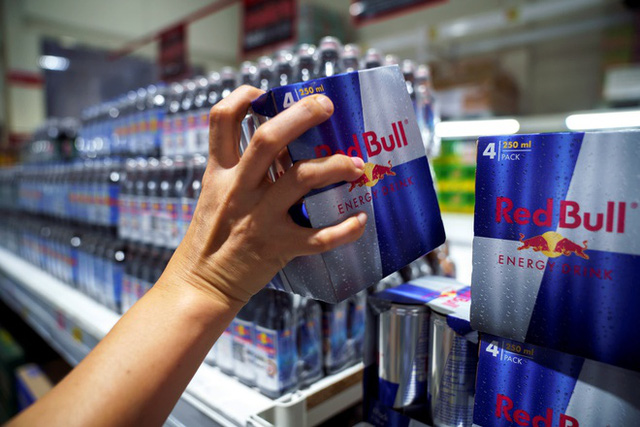In this article, let’s explore the history of energy drinks with Nawon. Considered a divine drink that can help people awaken their power – energy drinks have appeared on the list of indispensable drinks. It has had an explosive development journey from Japan’s first energy drink bottles to famous brands such as Prime or Redbull today.
What is in energy drink

Energy drinks are soft drinks that often contain ingredients such as caffeine, sugar, vitamins and other substances that provide temporary physical and mental boosts. The ingredients can stimulate alertness, increase energy and performance in the human body.
- Caffeine: This central nervous system stimulant is the main active ingredient in most energy drinks. It is known for its ability to increase alertness and reduce feelings of fatigue.
- Sugar: Many energy drinks contain varying amounts of sugar to provide a quick source of energy. However, some products also offer sugar-free or low-calorie alternatives.
- Vitamin B: Energy drinks often contain B vitamins, such as B6 and B12, which are involved in energy metabolism. These vitamins play a role in converting food into energy in the body.
- Amino acids: Taurine and L-carnitine are amino acids commonly found in energy drinks. Although their specific role has yet to be fully understood, they contribute to an overall energy-boosting effect.
- Herbs and extracts: Some energy drinks include herbal extracts such as ginseng and guarana. These substances are believed to have stimulant properties and are used to enhance the energizing effects of the drink.
- Adaptogens: Some energy drinks incorporate adaptogenic herbs like Rhodiola or ashwagandha, which are thought to help the body adapt to stress and improve overall recovery.
- Electrolytes: In recent years, some energy drinks have begun to include electrolytes, such as sodium and potassium, to enhance hydration and replenish minerals lost through sweat.
The flavor of energy drinks is a strong sweet-tart taste. This is a flavor combination of the main ingredients in energy drinks. Caffeine is bitter, B vitamins can be sour, and vitamin C is acidic, and sugar content makes them as sweet as any soft drink.
Read More: 15 Best Energy Drink Brands 2024
The history of energy drink
The first energy drink
The US market is the number one market for energy drinks with countless different energy drink brands. Thailand is famous for its long-standing Red Bull energy drink but the truth is that the first bottle of modern energy drink originated from Japan.
In the late 1950s – period of World War II Japan, Japan passed a law restricting the use of amphetamine – a drug nationwide. As an alternative, the Taisho company created a herbal “vitamin tonic” called Lipovitan in mini bottles in 1962. The tonic looked, smelled and tasted like syrup. cough and is considered by many to be the first modern energy drink. The tonic was originally marketed towards truck drivers and factory workers who needed to stay awake for long shifts.

Red Bull Thailand
Lipovitan is made with taurine, which is a sulfur-containing amino acid with antioxidant properties. It is the main ingredient in most energy drinks today — drinks like Red Bull. Speaking of Red Bull, this famous energy drink was first invented in 1976 by a pharmacist in Thailand. It is called Krated Daeng, which translates to “Red Guar” or “Red Bull”. The drink didn’t immediately fly off the shelves, but in 1984, after dropping a bottle while struggling with severe jet lag, an Austrian marketing executive contacted its inventor. Red Bull hopes to partner to market it to the masses.

The rise of energy
Red Bull’s formula when it arrived in Europe was changed to suit the market, with more sugar, more caffeine and a switch from bottles to cans. By 1985, more and more people were looking for alternatives to coffee leading to an explosion in Red Bull’s success. Competitors such as Jolt Cola, which promised “more sugar and twice the caffeine”, began to hit the market. Coke even started marketing itself as a morning drink, and Pepsi launched a drink called Pepsi-AM, although it lasted only a short time. Red Bull launched the new formula in Austria in 1987 and it was a success. A decade later, Red Bull landed in the US and quickly became popular with young people who needed alert energy to study and party all night.

By the early 2000s, energy drinks were everywhere. Brands started appearing everywhere and everyone had their preferences. In 2001, Rockstar was introduced, followed by Monster Energy in 2002, Nelly’s Pimp Juice in 2003, Rip It in 2004. The latter two drinks are not very popular so you have yet to hear of them. The same year Rip It was introduced, a former monk in India decided to enter the energy drink market after seeing the potential of a new energy drink. He took all the things that energize you in energy drinks but turned them into smaller, more concentrated drinks, calling it 5-Hour Energy. This hit has been a huge success with truck drivers who don’t want to drink much and urinate frequently but need to stay alert.
Most recently, the appearance of PRIME By Logan Paul x KSI, stirred up the global beverage market with the combination of Logan Paul – a famous YouTuber. PRIME quickly covered the shelves in supermarkets and stores. But the drink is also controversial because its high amount of caffeine can be harmful to children, the main customers driven by PRIME’s marketing campaigns. A 12-ounce Prime Energy contains 200 milligrams of caffeine, compared with the 114 milligrams of caffeine in a 12-ounce can of Red Bull or the 100 milligrams found in a cup of coffee.
The bad thing about the energy drink
Despite bringing many benefits to mental health and alertness, energy drinks have never been considered a good drink. The reason is due to the artificial stimulation and potentially addictive ingredients in it.
Energy drinks can disrupt your sleep, make you gain weight or even increase your blood pressure. But extensive evidence shows they can lead to substance abuse, mental health problems, a higher risk of diabetes, tooth decay and kidney damage.
Energy drinks often contain high amounts of added sugar, high fructose corn syrup, and artificial sweeteners. In fact, the average 500 ml/16.9 ounce can contain about 54 grams (g) of sugar, which, according to the review, far exceeds an adult’s daily recommendation of 24 grams for women and no more than 36 grams. for men. So, if you drink a little more energy drink, you take one more step towards diabetes. Additionally, persistently high blood sugar can damage your nerves and blood vessels over time, which can set the stage for heart disease and kidney problems.

According to reviews, energy drinks also have interesting effects, with some cans containing up to 207 milligrams (mg) of caffeine per 2 oz. Although researchers note that a moderate intake of up to 400 mg per day for adults is considered safe, the health effects can be a bit dangerous when you start eating too much. That’s one potential reason the drink is linked to anxiety, depression, and even suicidal thoughts. A Korean study found that caffeine dependence can affect your irritable mood and affect your sleep, which may be linked to stress and symptoms of depression.
A 2019 study from the Journal of the American Heart Association found that consuming large amounts of energy drinks significantly affects your heart rate, which, in turn, increases your blood pressure. According to a separate study by the American Heart Association, other stimulants that contribute to feelings of euphoria — such as guarana, taurine, and ginseng — may also have an effect.
Along with the development of society, functional drinks are gradually asserting their role for people; energy drinks are no exception. With such strong growth, we’re looking forward to new flavors and healthier versions of energy drinks. This content about the history of energy drinks will help you make the perfect choices for yourself.

